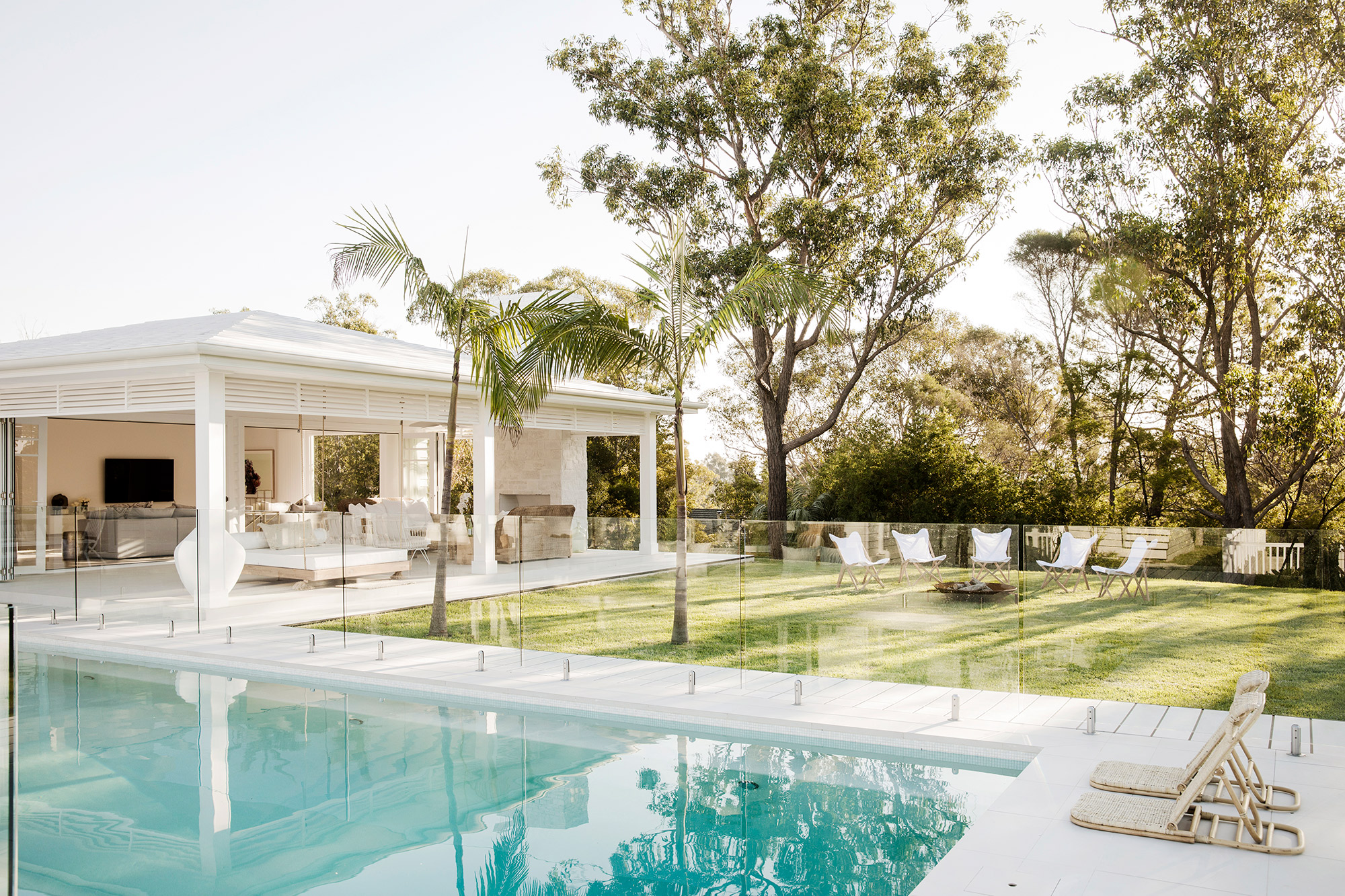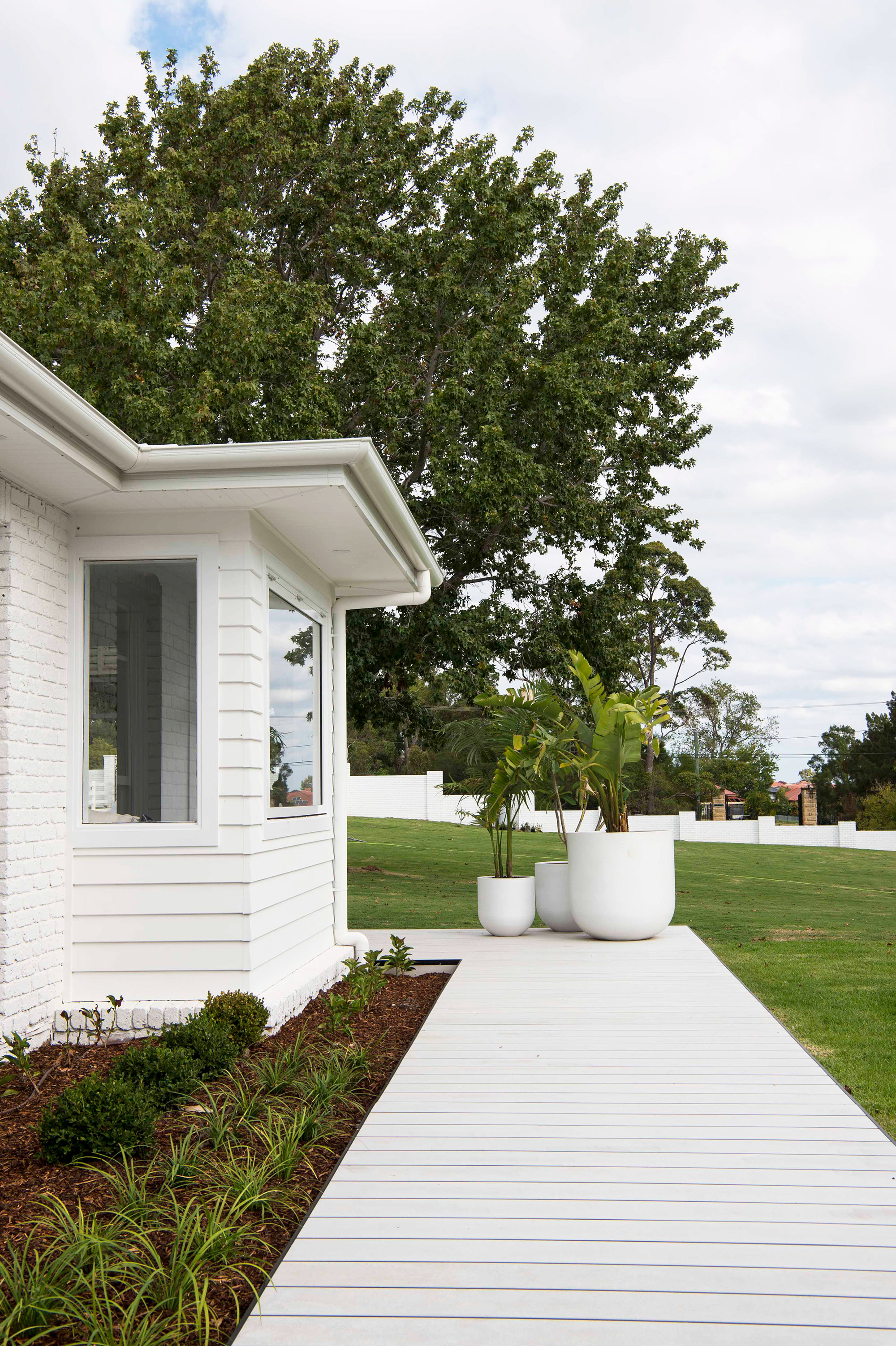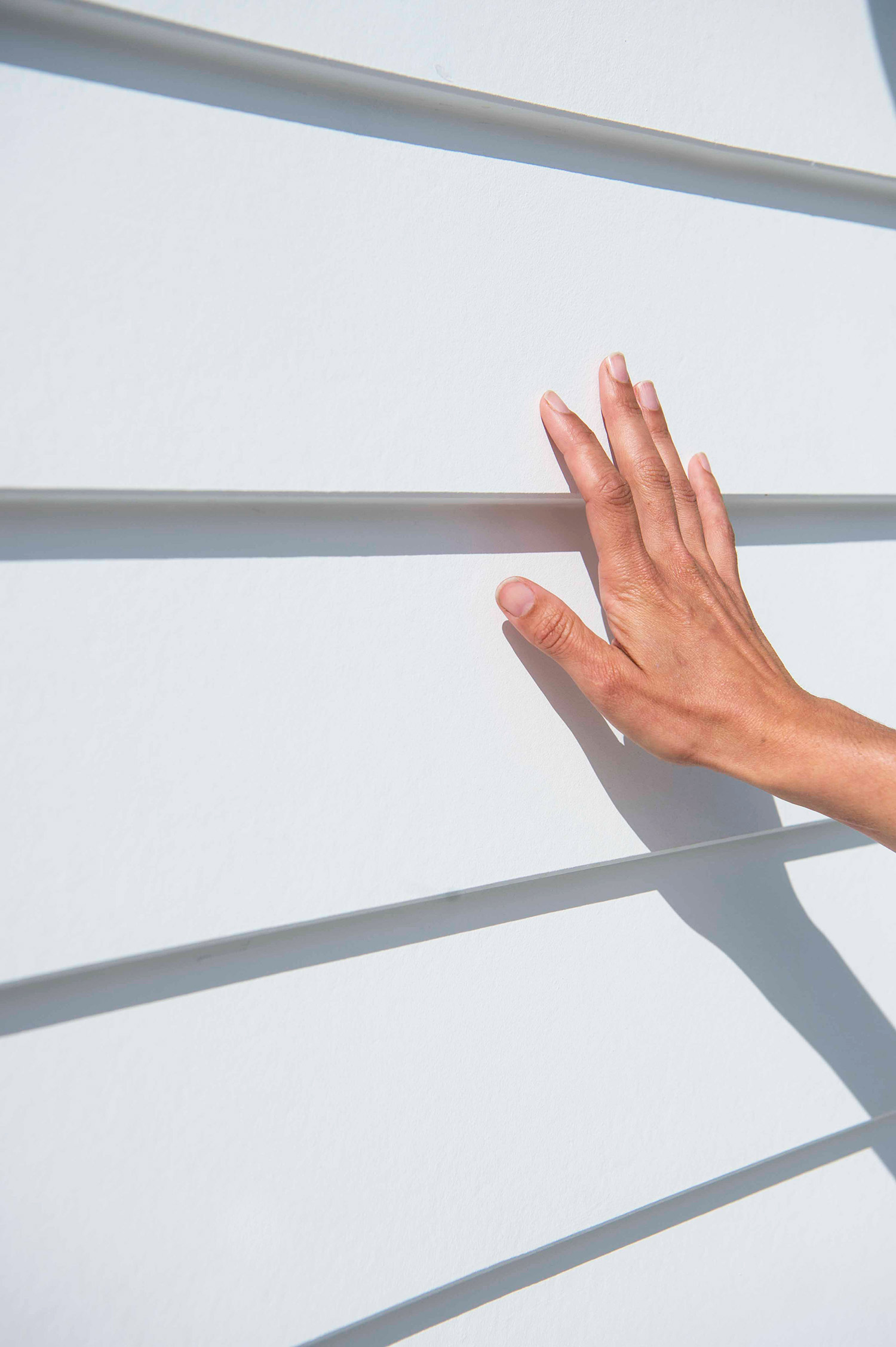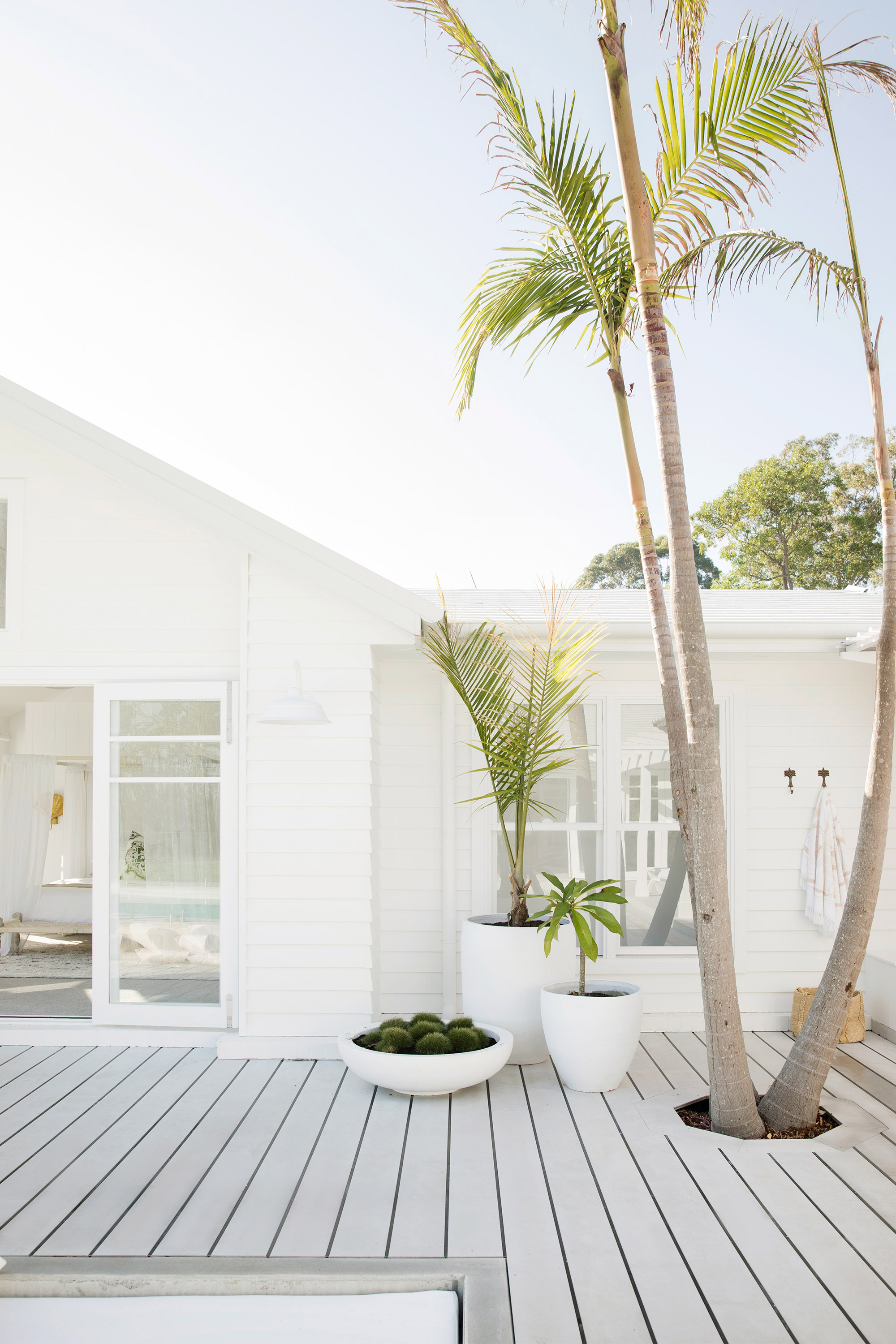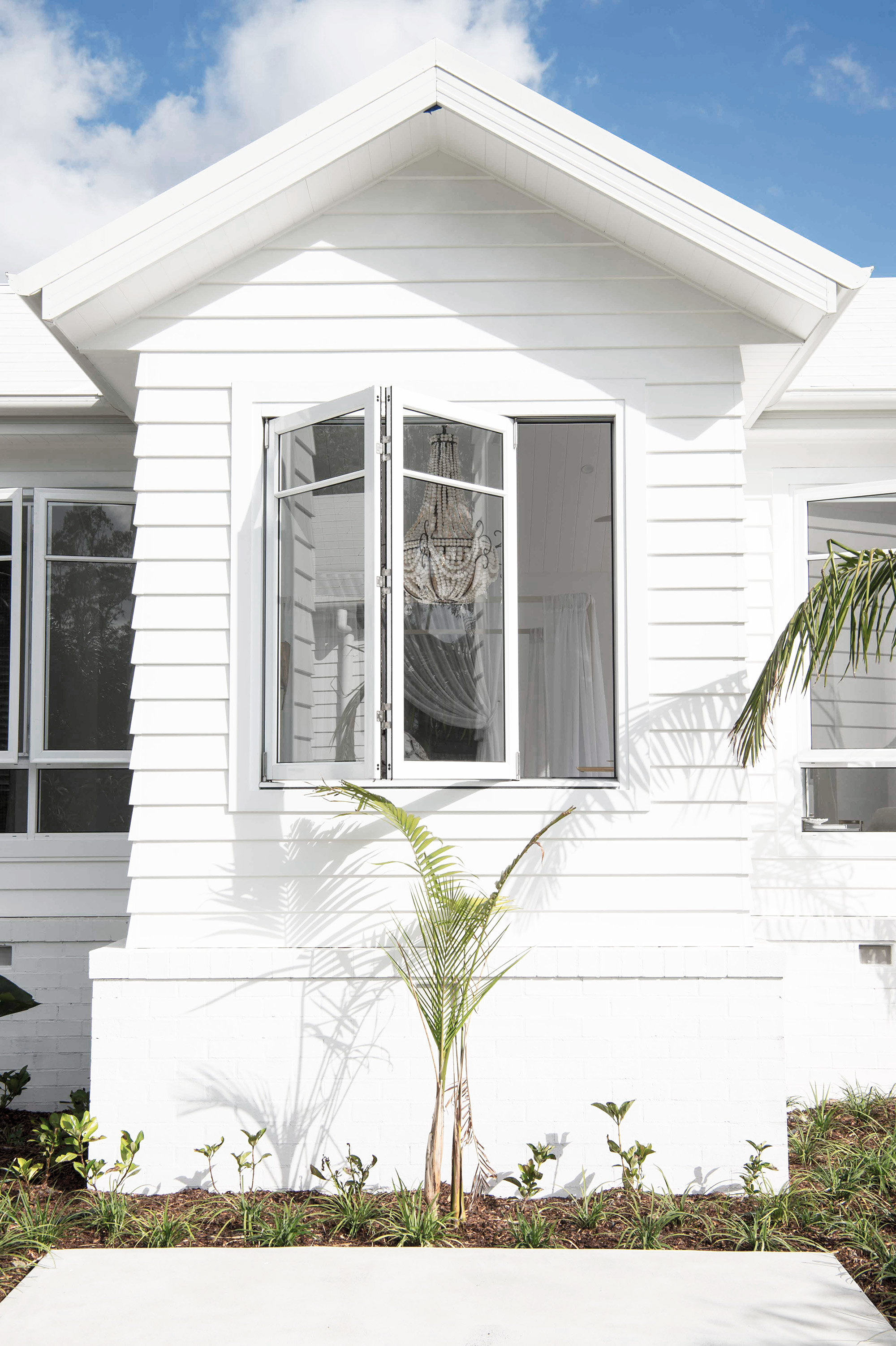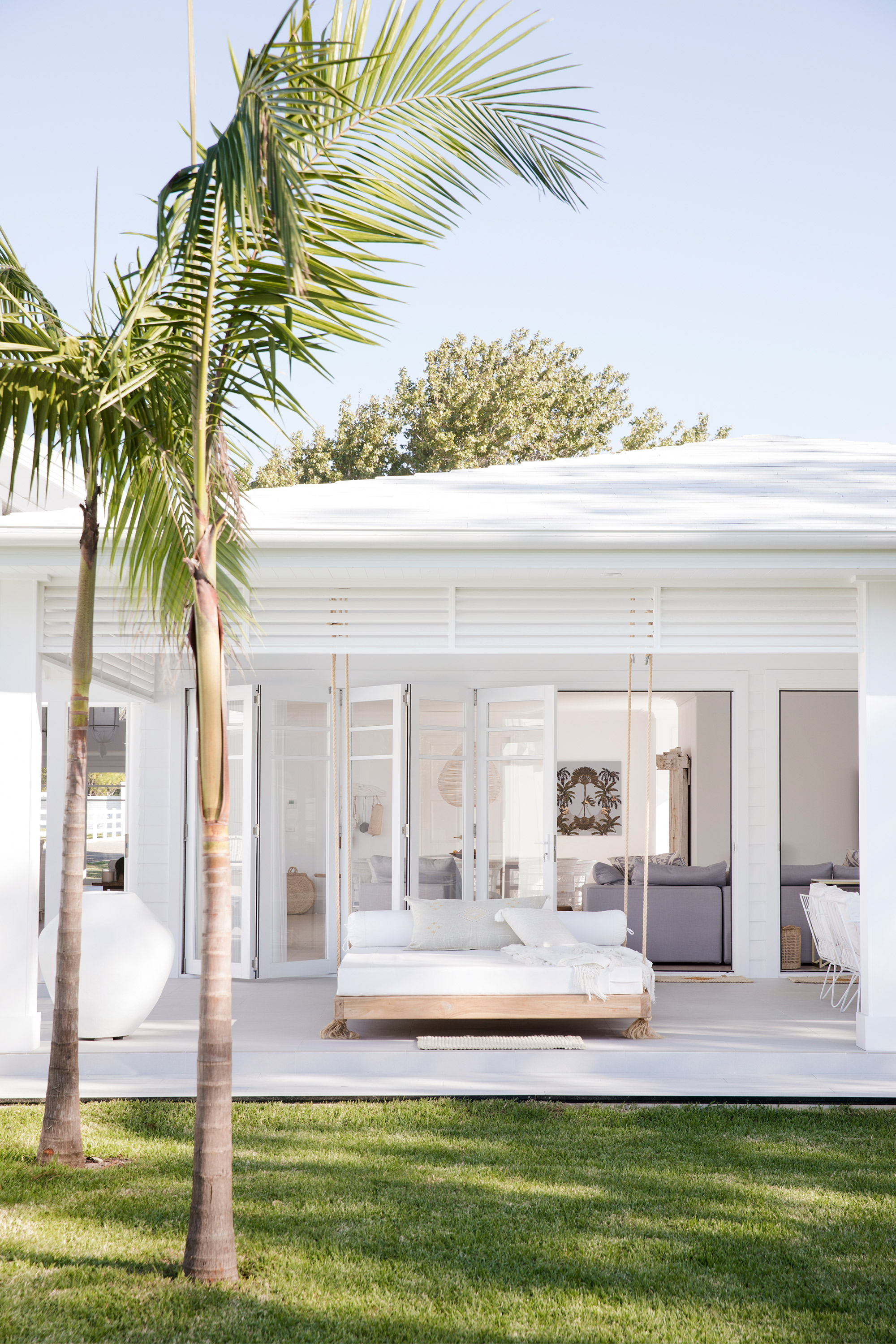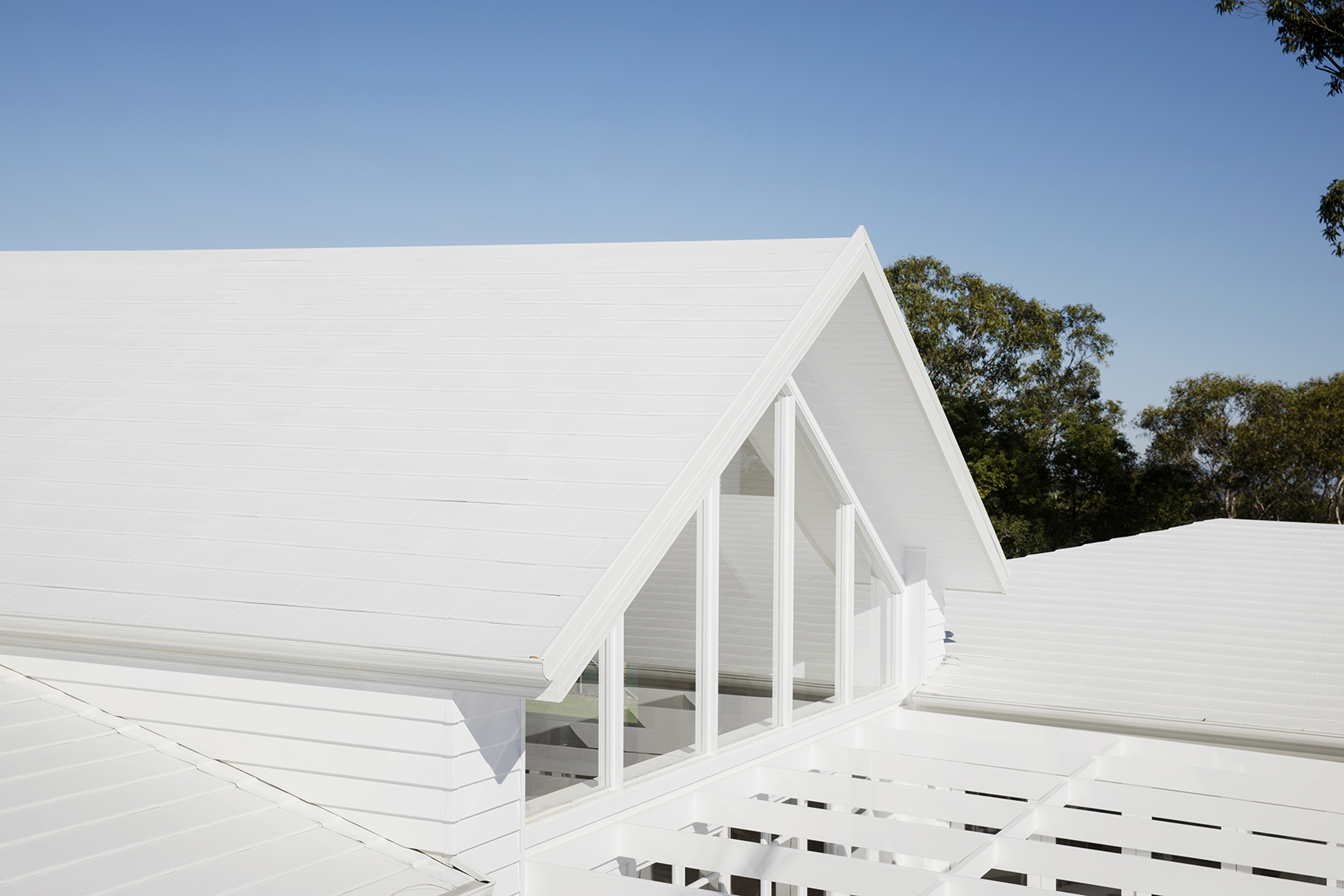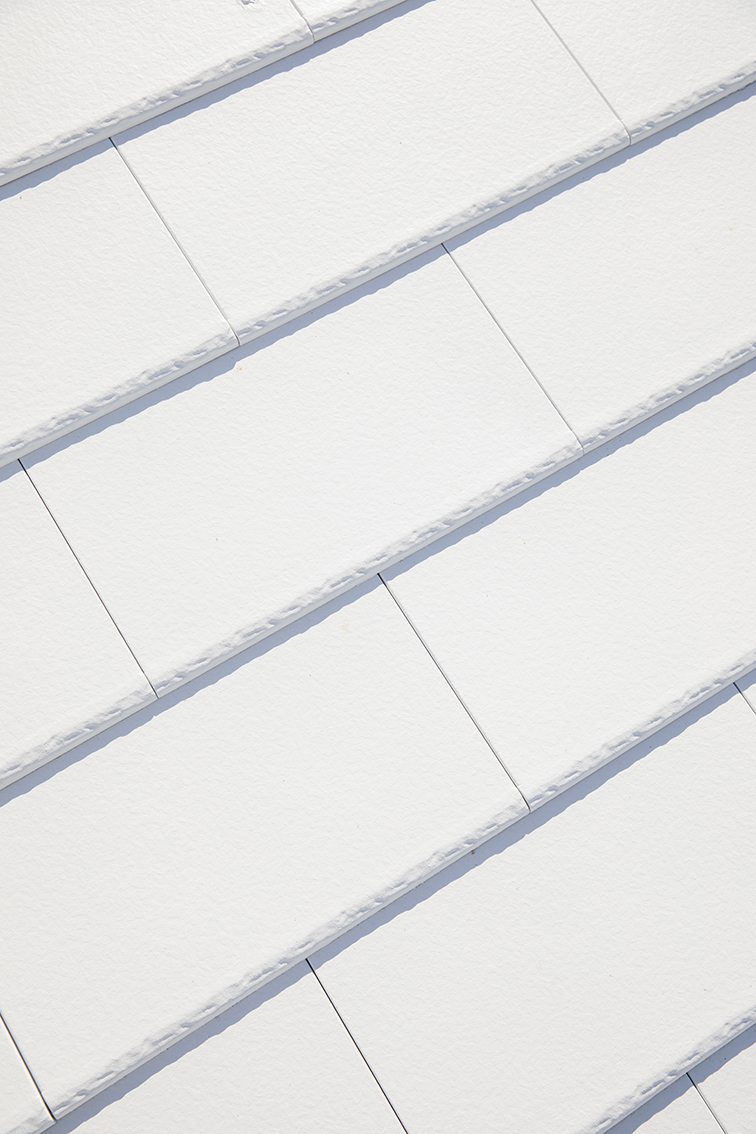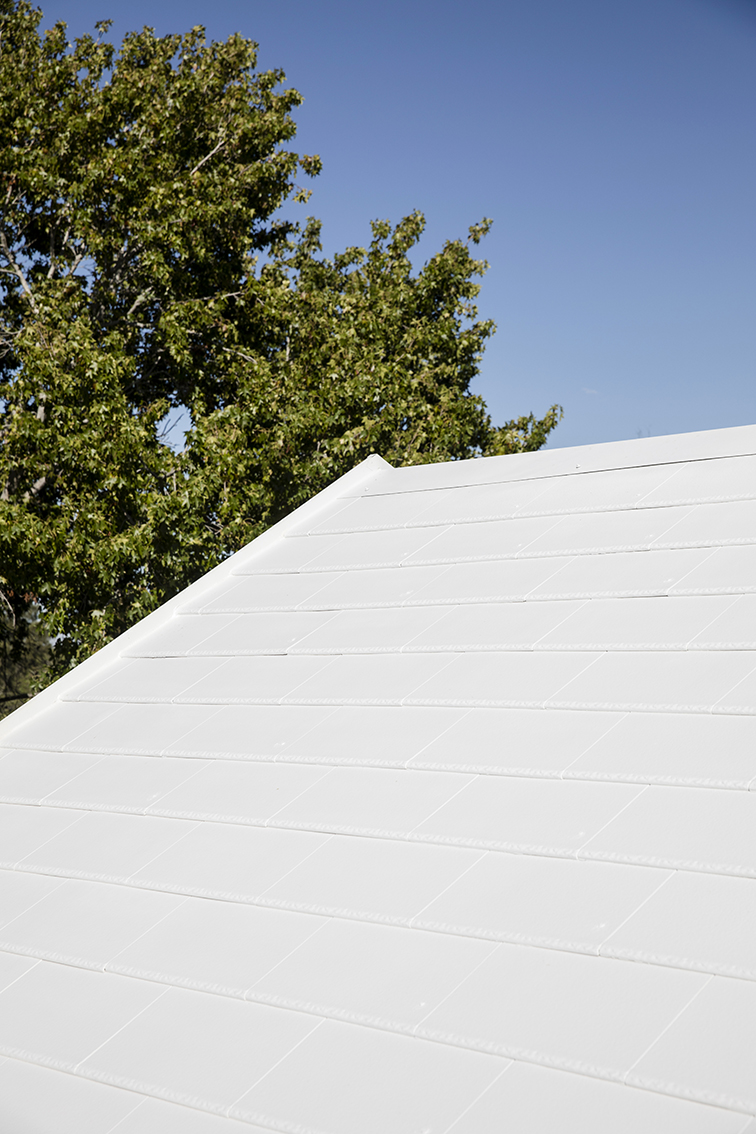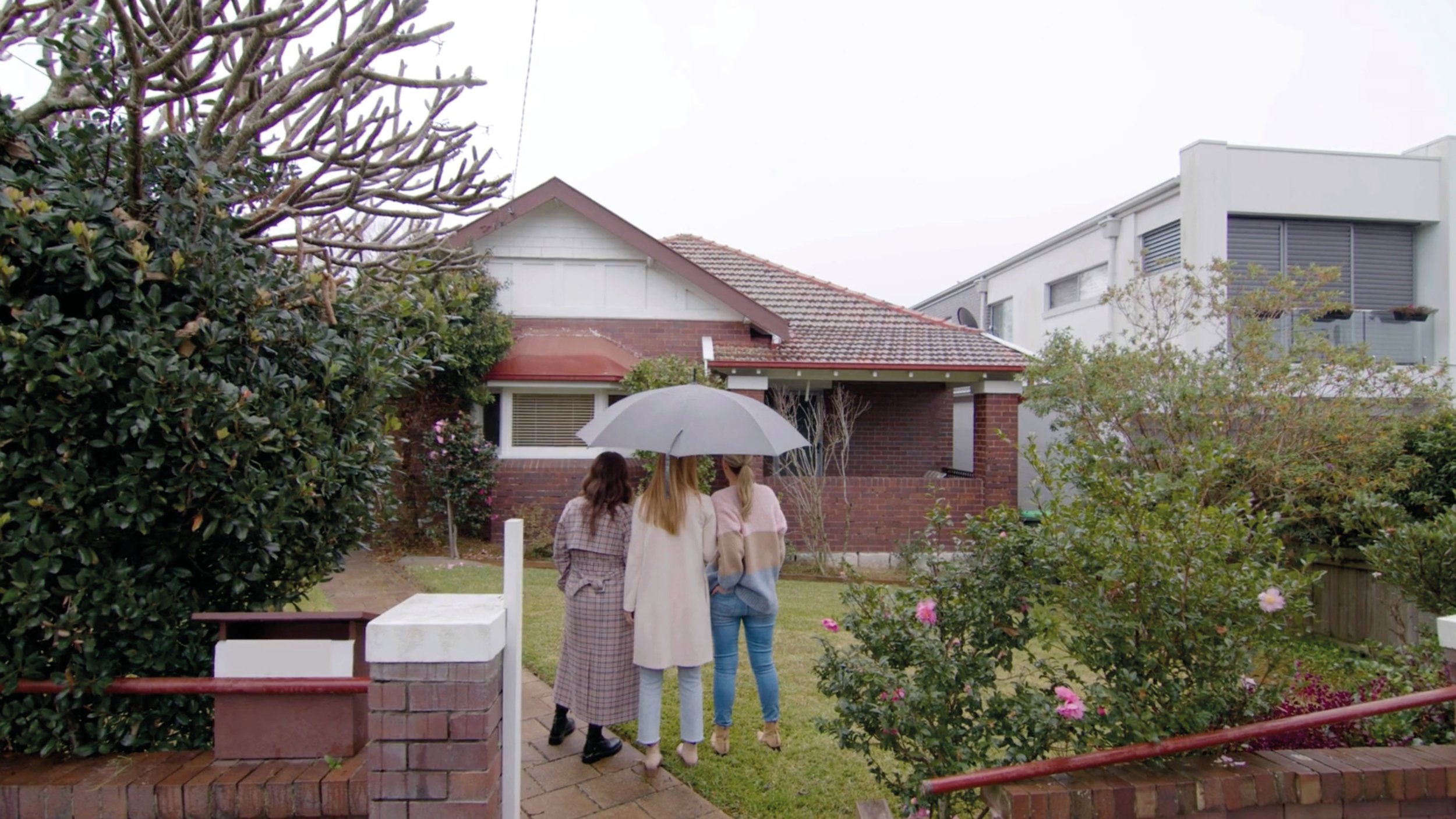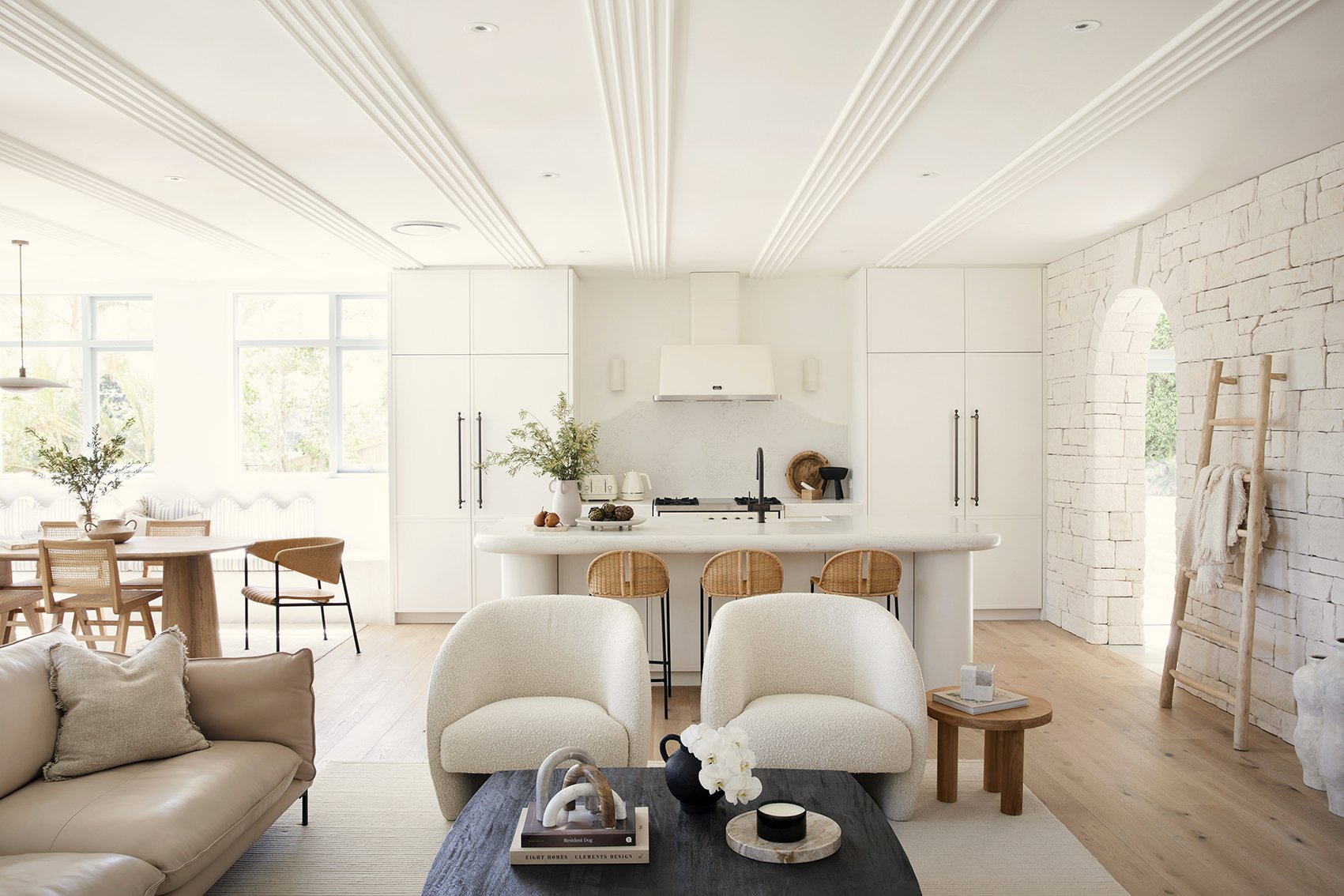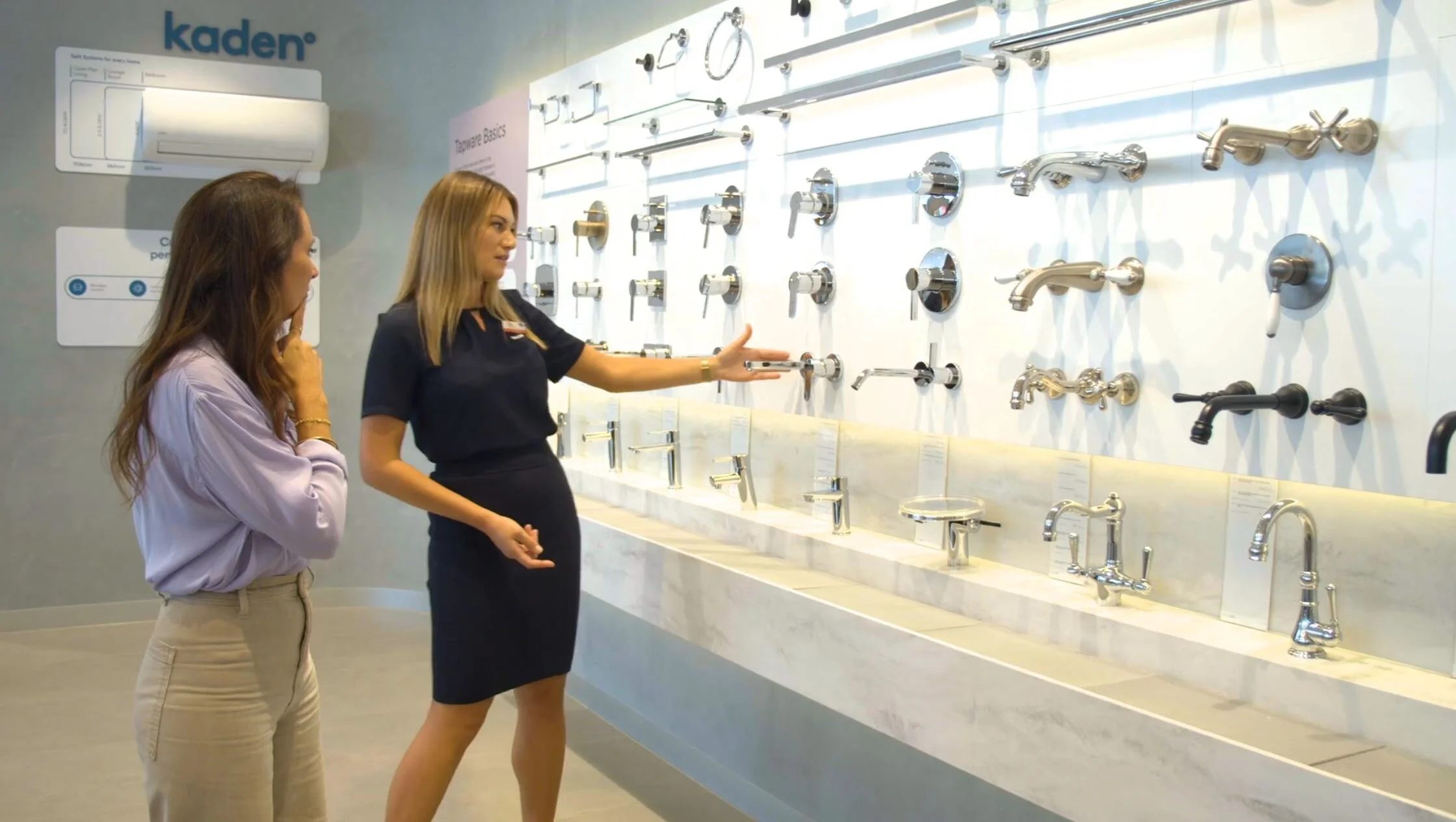BUILDING IN A BAL 40 BUSH FIRE ZONE
BY LANA
Bonnie’s dream home is in the bushy Hills District of Sydney and while this means a gorgeous leafy setting, it also means a few extra building challenges. As if building a forever home of mammoth scale isn’t enough of a task, part of Bonnie’s site is a BAL 40 rated bush fire zone. And with that comes a long list of extra boxes to tick to satisfy council requirements.
What does BAL 40 actually mean?
The NSW Rural Fire Service does a much better job of explaining it than me:
“A Bushfire Attack Level (BAL) is used to determine the level of potential bush fire attack on a property. Bush fire attack is considered to be potential flame contact, ember attack or radiant heat exposure that may affect a building and damage or destroy it during a bush fire. Building to the correct BAL measure can help a building to potentially survive a bush fire and provide better protection for human life.”
So, pretty much Bonnie had to get a bush fire assessment done prior to building. They look at lots of factors like the bush on the property, how close the building is to the bush and the slope of the land – did you know that fire runs faster uphill? #unlikeme
Bonnie’s site came back with a BAL 40 rating, which is the second highest of the six bush fire attack levels. The ‘40’ relates to the radiant heat levels from the fire (meaning they won’t exceed 40kW/m2) #youlostmethere #overmyhead.
Since Bonnie’s home is on acreage, the BAL rating can change for different building locations across the site. For her home, the rating applies to the right-hand side of the house, where the Guest cottage, Boys’ Club and garages are – the side that’s closest to the bush. Round by the front door and left-hand side of the house, the rating reduces significantly.
What did the BAL 40 rating mean for Bonnie’s build?
In a nut shell, it meant meeting lots of stringent requirements around which building materials she could use to build the back side of her house.
Lucky for Bon, there are so many awesome suppliers with BAL rated products that she barely had to compromise on style! Here’s what she chose:
Weatherboard was a non-negotiable for Bonnie. Her dream home just HAD to be white weatherboard. So, she hit the jackpot with James Hardie Linea™ cladding – the boards are made from lightweight cement composite, not wood, but look just like traditional weatherboard. We’ve used Linea in previous houses so she knew it looks great AND it’s suitable for building in all bush fire zones.
The HardieDeck which Bonnie had chosen to wrap around the perimeter of her home is also BAL40 rated which meant she could continue it right around to this back area of the home which was most vulnerable.
Bonnie only ever wanted real timber windows and doors for her dream home. But this wasn’t to be in the back part of the house, due to the BAL 40 rating. Rather than succumbing to aluminium windows and doors for the whole house, Bonnie chose to use them where she had to for BAL 40 requirements. For the rest of the house she used timber frames. As it turns out, Bonnie has fallen in love with her aluminium windows and her perception that it “must be timber” has definitely changed. In this zone, the glass had to be fire rated which meant Bonnie’s windows and doors needed to have toughened glass at least 6mm.
Any windows on the BAL 40 rated side of Bonnie’s house must have metal fly screens fixed externally (except on bi-fold windows or doors). From what I’ve read, I think the reason behind this is that if you’re fleeing your home in a fire, or even sheltering inside, you’ll probably quickly close the doors but may forget to close the windows. So, the metal screens would help block flying embers and flames from entering your home.
You know Bon’s amazing white shingle roof? Yeh it’s the one I’ve got a serious roof-crush on? Well guess what, it’s BAL 40 rated too #bingo! No compromising on materials here either. Having to change the roof to meet the fire rating requirements could have changed the look of the entire house. #luckyduck
BAL 40 compliance can be quite a minefield. Our best advice is to do your research and engage your trades and local council early on so that you’re really clear on the requirements for your property. It’s an added task but is sure to keep you and your loved ones safe in the long run … not to mention that all important TICK from the council or local certifier on their final inspection. Oh and not to burst your BAL 40 bubble … but BAL-rated products often come with a premium price tag, so build this into your budget from the outset.

